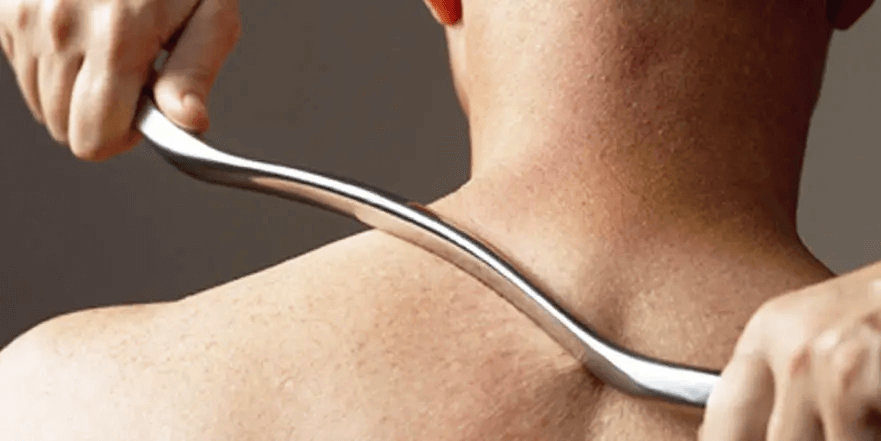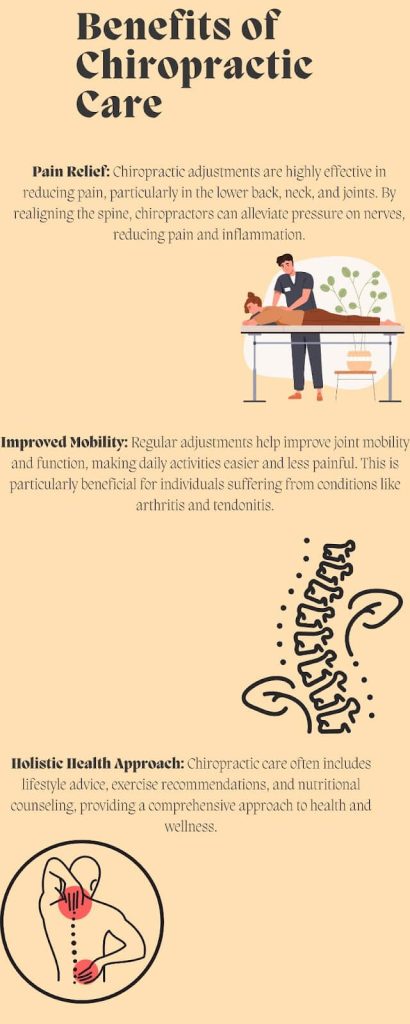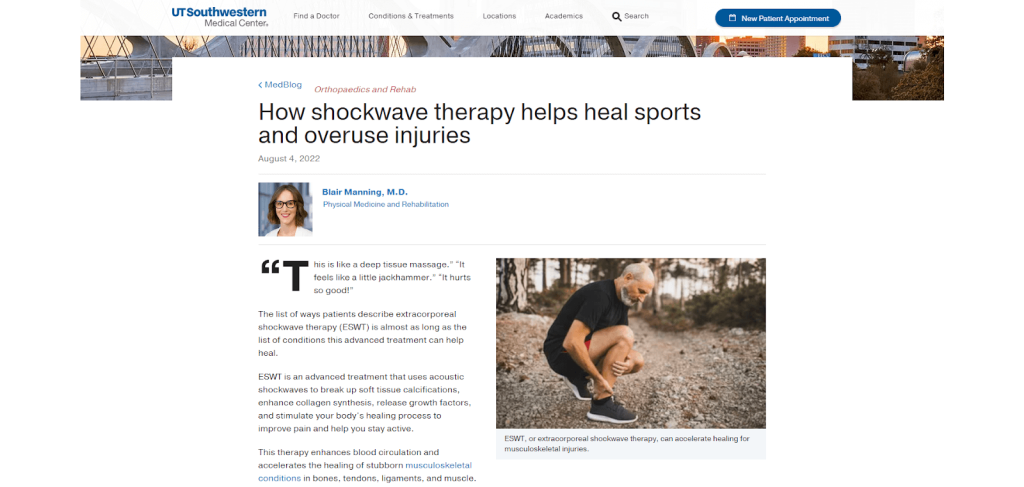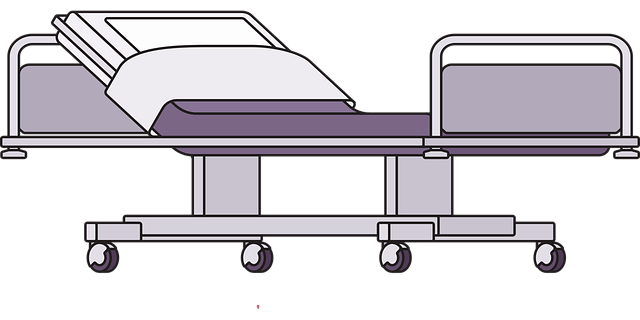Tendonitis, characterized by the inflammation and irritation of tendons, can cause significant pain and impede daily activities.
Effective management of tendonitis is for restoring mobility and reducing discomfort. Recent studies by the Mayo Clinic, the Journal of Experimental Orthopaedics, and Current
Physical Medicine and Rehabilitation Reports have explored various treatment modalities for tendonitis, including spinal adjustments, shockwave therapy, and the Graston Technique.
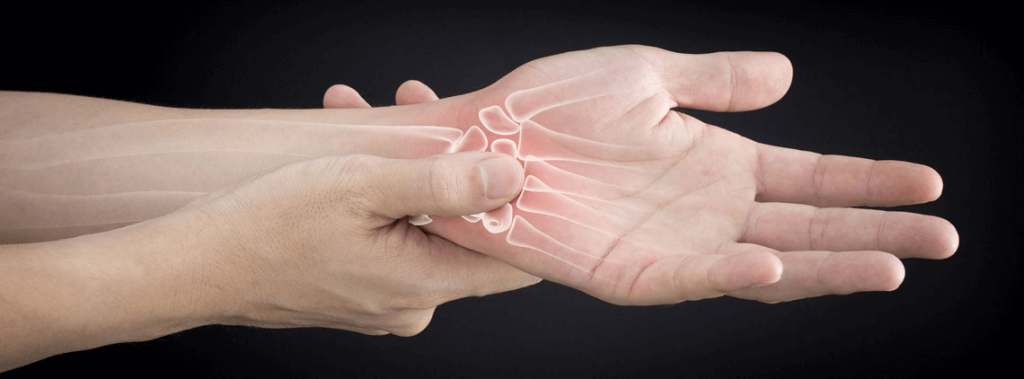
Image from Orlando Hand Surgery Associates
Each of these methods offers unique benefits and mechanisms of action. We’ll look into comparing these three approaches, incorporating recent research findings to highlight their efficacy and applications in managing tendonitis.
Hopefully, this will give you more of an idea as to which of these approaches might be the right one for you.
Spinal Adjustments
First we’ll go into spinal adjustments, often associated with chiropractic care, which are a widely utilized treatment method aimed at correcting spinal misalignments to improve overall health.
The technique is non-invasive, which is a big plus, and involves manual manipulation of the spine to alleviate pain, enhance mobility, and promote the body’s natural healing processes.
Recent studies by University Hospitals (UH) Connor Whole Health, the National Center for Complementary and Integrative Health (NCCIH), and research published in the Journal of Manipulative and Physiological Therapeutics highlight the effectiveness and well-rounded benefits of spinal adjustments for various musculoskeletal conditions, including tendonitis.
Chiropractic Care
Chiropractic care focuses on diagnosing and treating mechanical disorders of the musculoskeletal system, particularly the spine.
It employs spinal adjustments to correct vertebral subluxations, which can disrupt nerve function and impede the body’s natural healing abilities.
Chiropractors believe that a properly aligned spine can lead to better overall health, as the nervous system controls various bodily functions.
Key Benefits of Chiropractic Care:
Preventative Care
Preventative care is a vital aspect of chiropractic treatment, focusing on maintaining proper spinal alignment to prevent future injuries and health issues.
Regular spinal adjustments can help detect and address potential problems before they escalate, promoting overall wellness.
Preventative Measures:
- Regular Adjustments: Consistent chiropractic visits help maintain optimal spinal alignment, reducing the risk of musculoskeletal issues.
- Ergonomic Advice: Chiropractors often provide guidance on proper posture and ergonomics to prevent strain and injury, especially for those with sedentary lifestyles or repetitive strain jobs.
- Exercise and Stretching: Incorporating recommended exercises and stretches can enhance flexibility and strength, supporting spinal health and reducing the likelihood of injury .
Tips For Choosing A Chiropractor:
- Credentials and Experience: Ensure the chiropractor is licensed and has a solid track record of treating patients with similar conditions.
- Patient Reviews: Reading reviews and testimonials can provide insight into the chiropractor’s effectiveness and patient satisfaction.
- Consultation: Schedule a consultation to discuss your health concerns and treatment goals. A good chiropractor will listen carefully and develop a tailored treatment plan.
Shockwave Therapy
Our second therapy on the menu, Shockwave therapy, also known as extracorporeal shockwave therapy (ESWT), is a non-invasive treatment that uses high-energy acoustic waves to promote healing in damaged tissues.
Image from Roxboro Medical Centre
It has gained recognition as a treatment for various musculoskeletal conditions, including tendonitis. The therapy stimulates the body’s natural healing processes, providing a promising alternative to more invasive treatments.
Recent studies by the Mayo Clinic and UT Southwestern Medical Center have highlighted the efficacy of ESWT in managing tendonitis and similar conditions.
Image from the study from UT Southwestern Medical Center, link to study above
How Shockwave Therapy Works
Shockwave therapy operates by delivering acoustic waves to the affected area. There are two main types: focused shockwave therapy (FSWT) and radial shockwave therapy (RSWT).
FSWT targets deep tissues using electromagnetic waves, while RSWT uses pneumatic waves to affect a broader, more superficial area.
Both types create microtraumas in the tissue, which stimulate blood flow and the release of growth factors, aiding in tissue regeneration and reducing inflammation.
Types Of Shockwave Therapy:
- Focused Shockwave Therapy (FSWT): Suitable for chronic, deep-seated tendon issues, targeting specific deep tissue areas.
- Radial Shockwave Therapy (RSWT): Ideal for more superficial treatment areas, such as plantar fasciitis and tennis elbow, affecting a broader area.
Benefits Of Shockwave Therapy
One of the primary benefits of shockwave therapy is its non-invasive nature. Unlike surgical procedures, ESWT does not involve any incisions, reducing the risk of complications such as infections and scarring.
The therapy itself is generally well-tolerated, with most patients experiencing only mild discomfort during the treatment sessions, making it an appealing option for those looking to avoid surgery.
Comparison To Spinal Adjustments
Spinal adjustments, typically performed by chiropractors, focus on correcting spinal misalignments to improve overall musculoskeletal health.
While spinal adjustments can indirectly benefit tendonitis by improving overall body mechanics and reducing nerve irritation, they do not directly target the affected tendon.
In contrast, shockwave therapy directly stimulates the damaged tissue, promoting localized healing and regeneration.
Graston Technique
The Graston Technique is a unique, evidence-based form of instrument-assisted soft tissue mobilization (IASTM) used to detect and treat areas of soft tissue fibrosis or chronic inflammation as well as our third and final method to go over.
Developed in the early 1990s, this technique utilizes specially designed stainless steel instruments to improve the effectiveness of physical therapy for various musculoskeletal conditions, including tendonitis.
The Graston Technique has gained widespread acceptance and is now used by over 25,000 clinicians worldwide to facilitate faster recovery and enhance functional outcomes in patients.
Image from Orleans Physiotherapy
How The Graston Technique Works
The Graston Technique involves using specialized instruments to glide over the skin, detecting and treating areas with scar tissue, adhesions, or fascial restrictions.
These instruments amplify the tactile sensation of the tissue’s texture, allowing clinicians to identify areas of abnormal tissue more precisely.
Once identified, the instruments are used to apply controlled microtrauma to the affected soft tissue structures.
This microtrauma stimulates a localized inflammatory response, which promotes healing by increasing blood flow and nutrient delivery to the area.
Graston Technique Tools:
- Stainless Steel Instruments: These tools have unique shapes and beveled edges to effectively target different tissue areas, breaking down fibrous tissue and facilitating healing.
- Controlled Pressure: Clinicians apply specific amounts of pressure to treat deeper tissues that cannot be reached with hands alone, promoting optimal function and pain relief.
Benefits Of The Graston Technique
One of the primary benefits of the Graston Technique is its ability to enhance the body’s natural healing processes.
In introducing controlled microtrauma, the technique stimulates an inflammatory response, which increases blood flow and accelerates tissue repair.
This leads to quicker recovery times and improved functional outcomes for patients with chronic or acute injuries.
Comparing The Graston Technique To Spinal Adjustments
While both the Graston Technique and spinal adjustments aim to improve musculoskeletal health, they utilize different methods and target distinct aspects of the body’s systems.
Spinal adjustments, typically performed by chiropractors, focus on correcting spinal misalignments to enhance nerve function and overall body mechanics.
In contrast, the Graston Technique directly targets soft tissue restrictions and scar tissue, providing localized treatment to promote healing and reduce pain in specific areas.
Before You Schedule Your Appointment
When deciding on a treatment approach for tendonitis, it is paramount to consider the unique benefits and mechanisms of spinal adjustments, shockwave therapy, and the Graston Technique.
Each method offers distinct advantages, whether it’s the overall body alignment from spinal adjustments, the localized healing stimulation from shockwave therapy, or the precise targeting of soft tissue restrictions by the Graston Technique.
Consulting with a healthcare provider who understands these therapies can help tailor the most effective treatment plan for your specific condition.
Ongoing research continues to enhance our understanding of these modalities, potentially expanding their applications and improving outcomes for patients with tendonitis.
